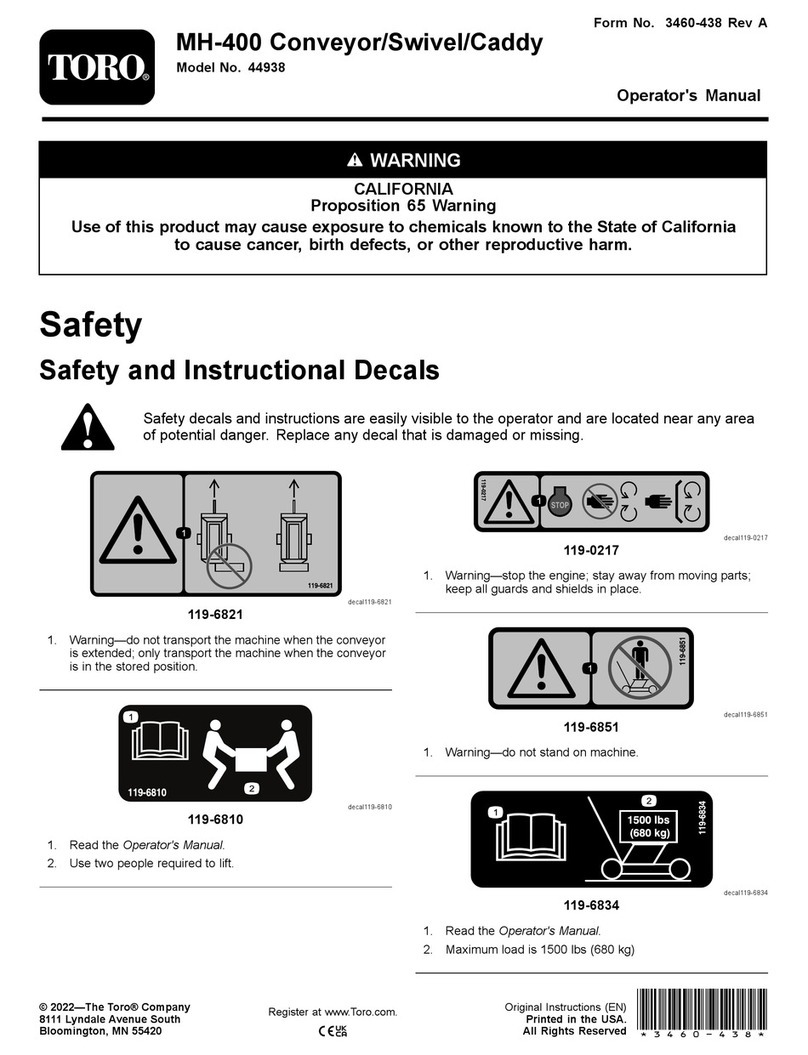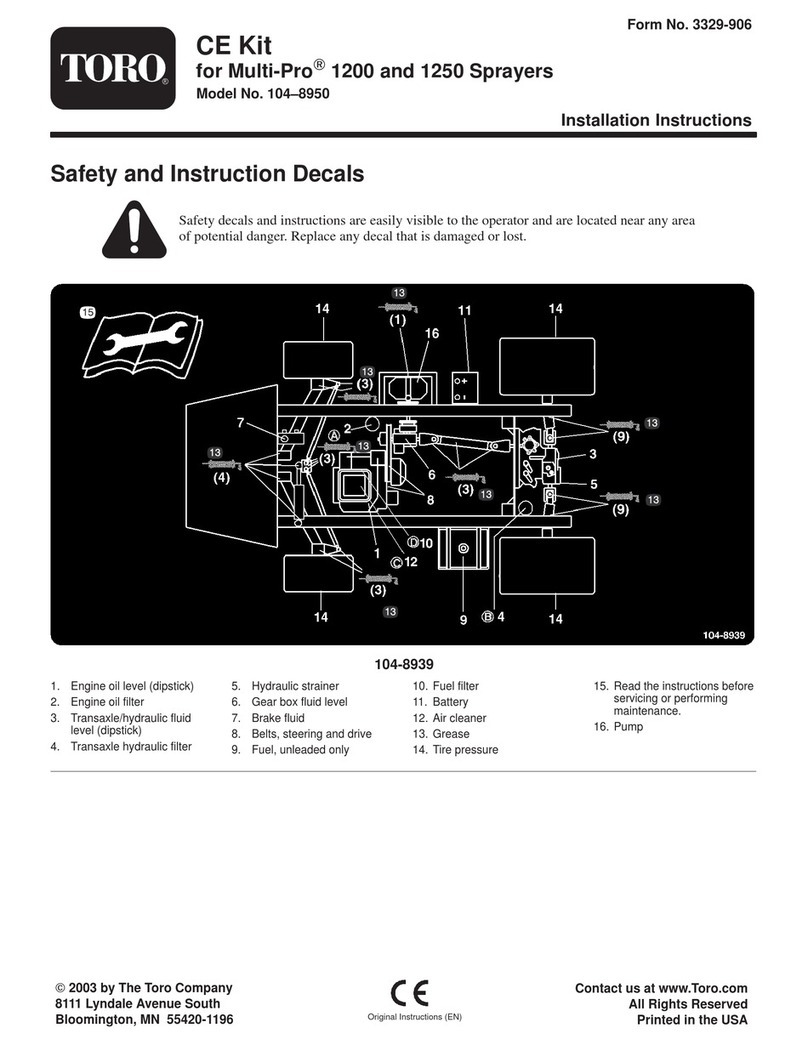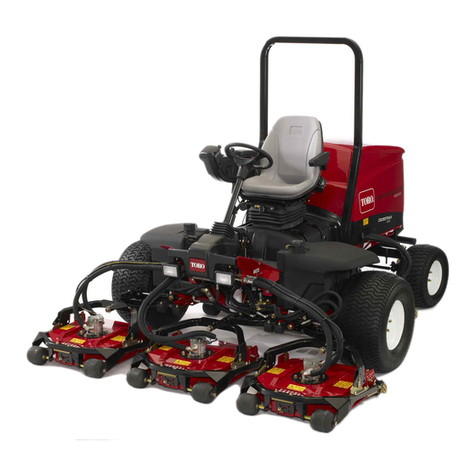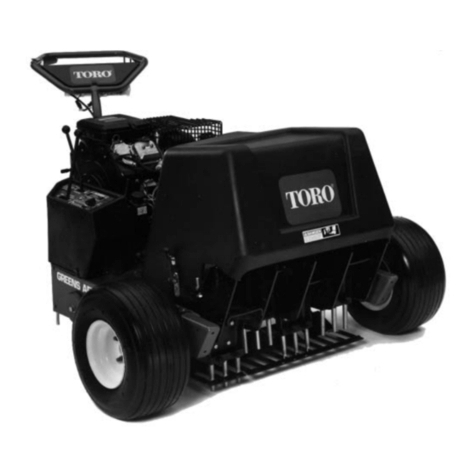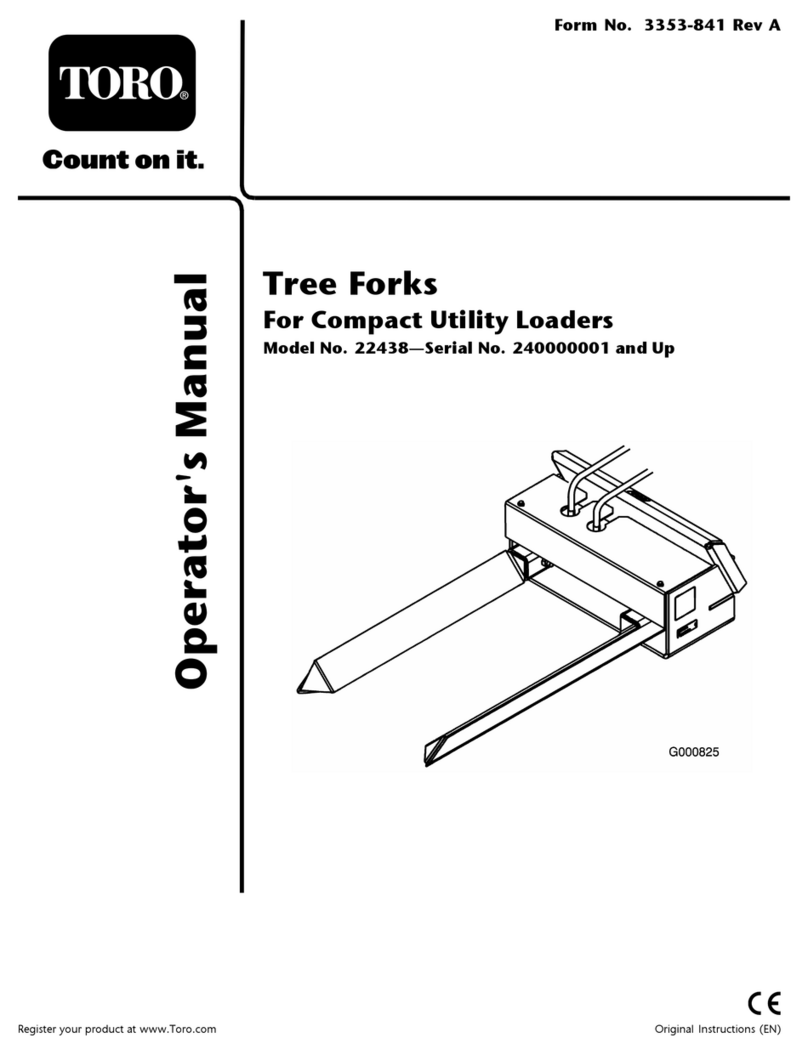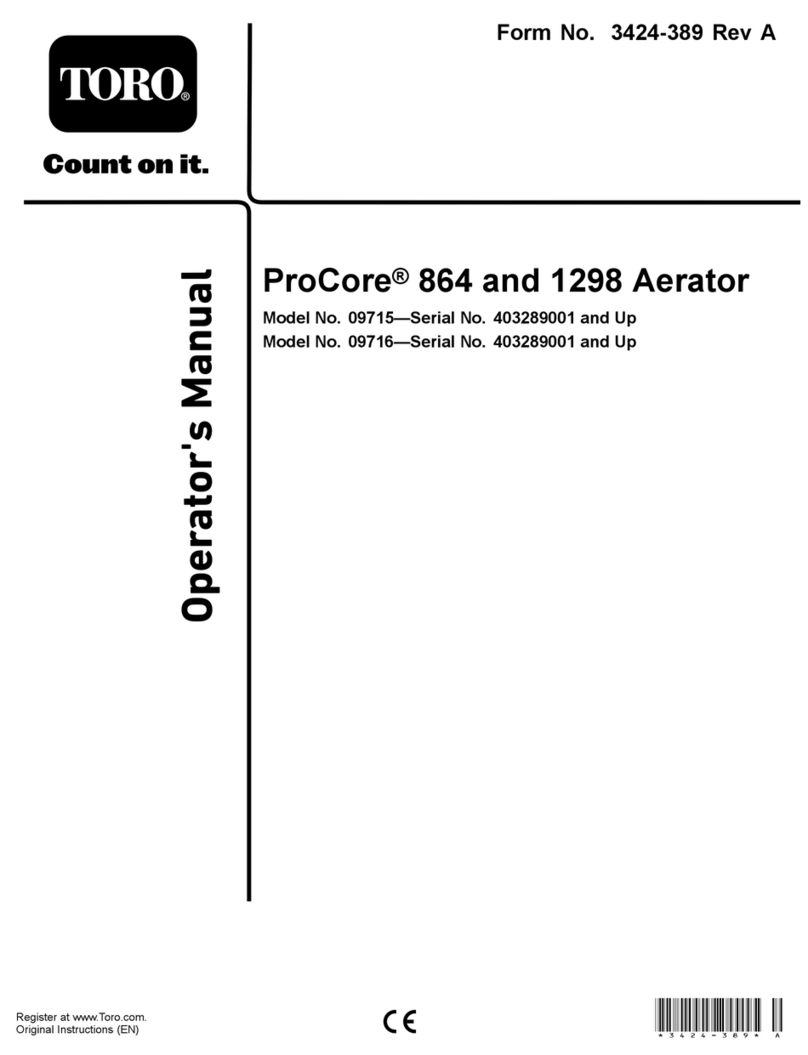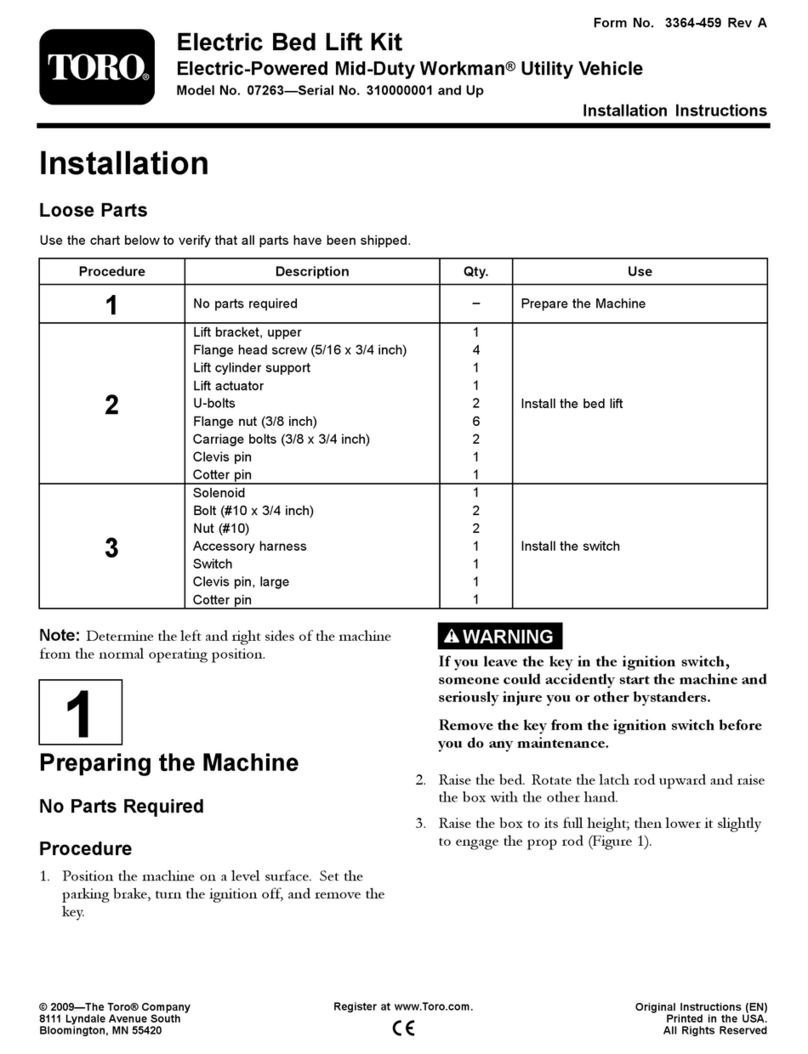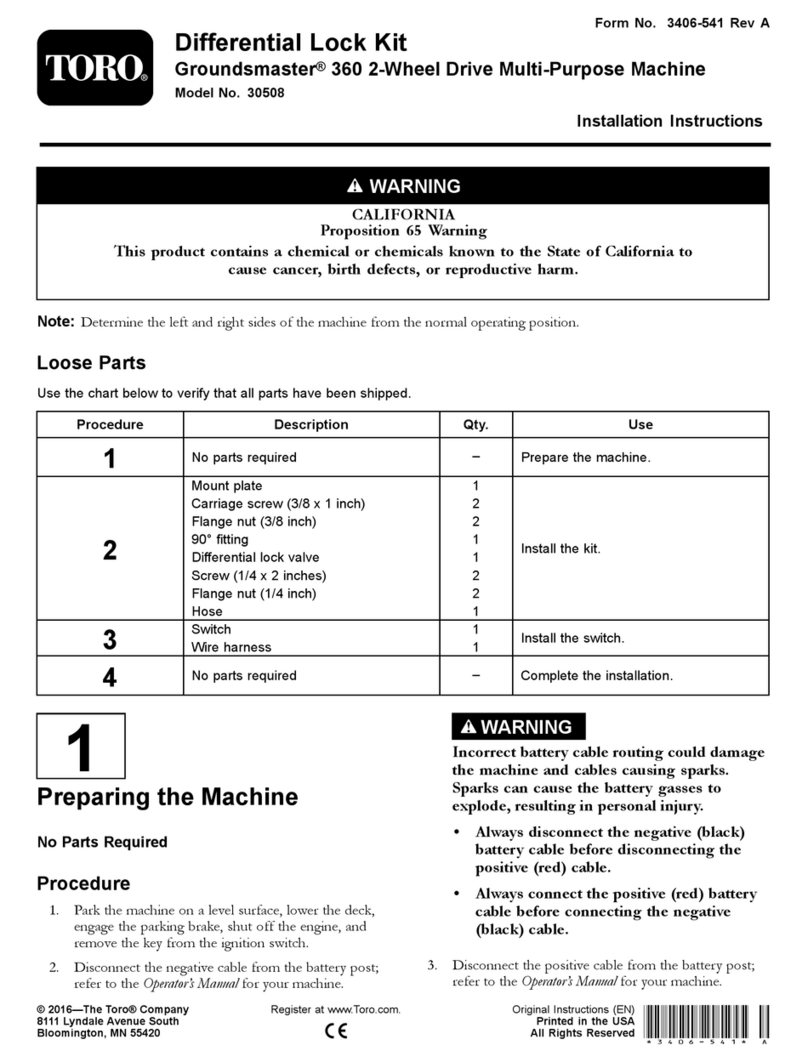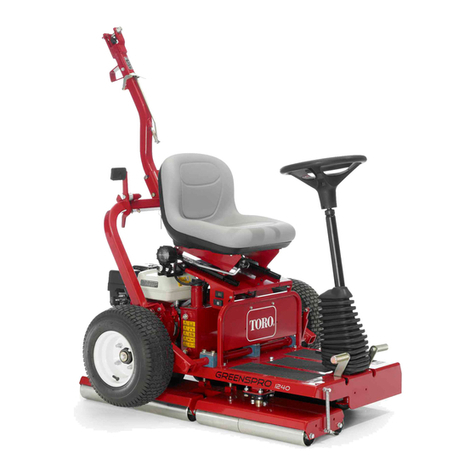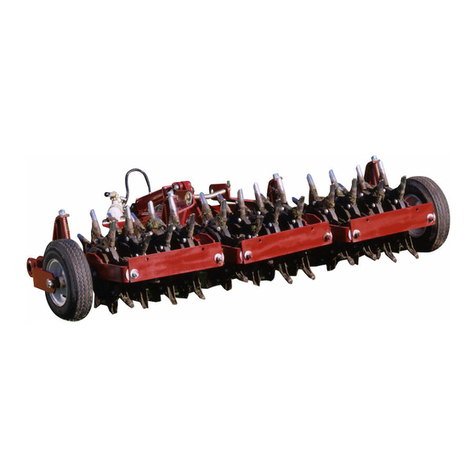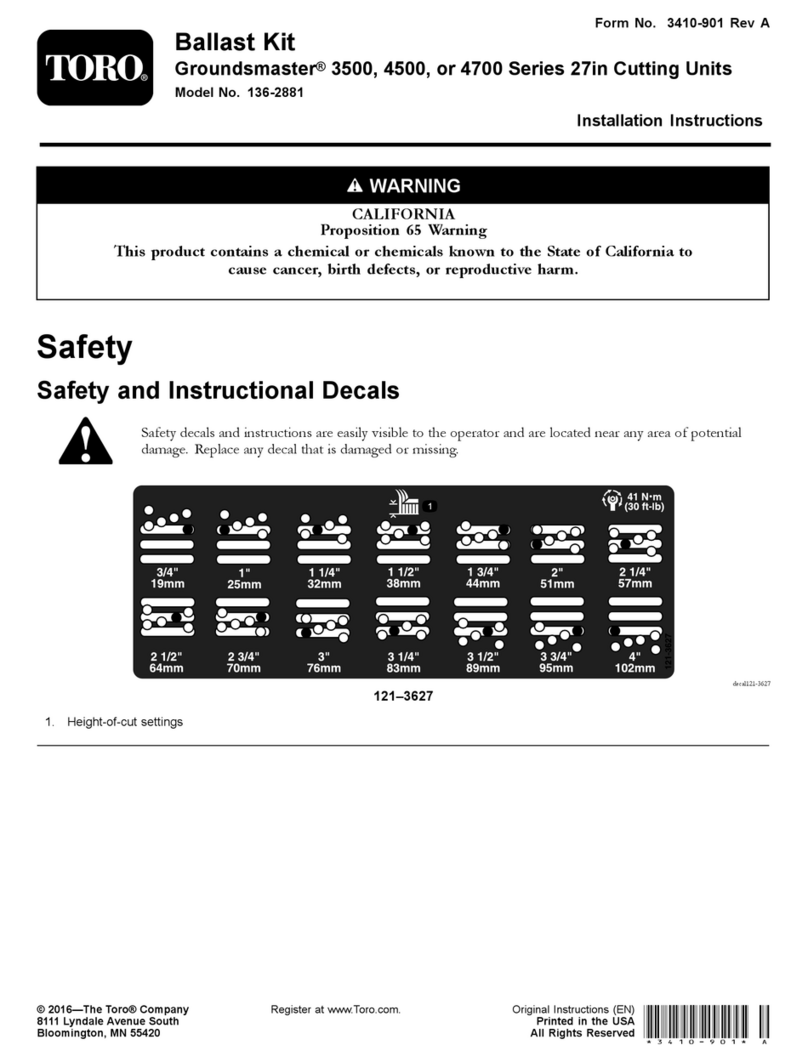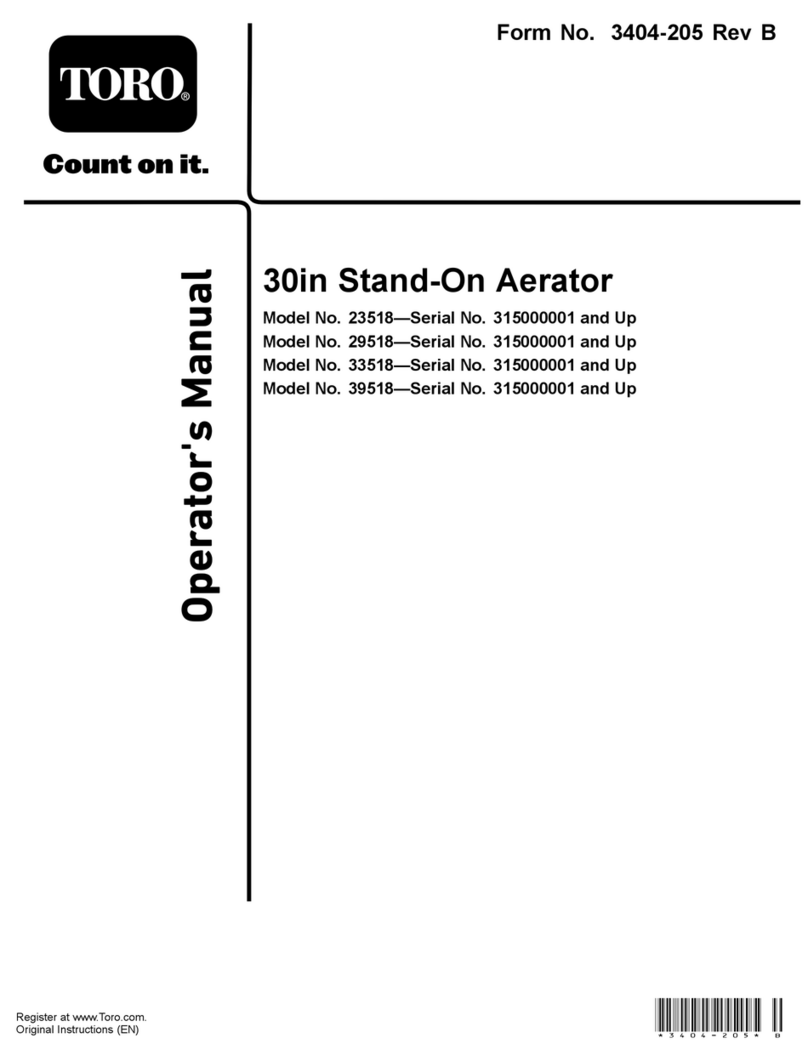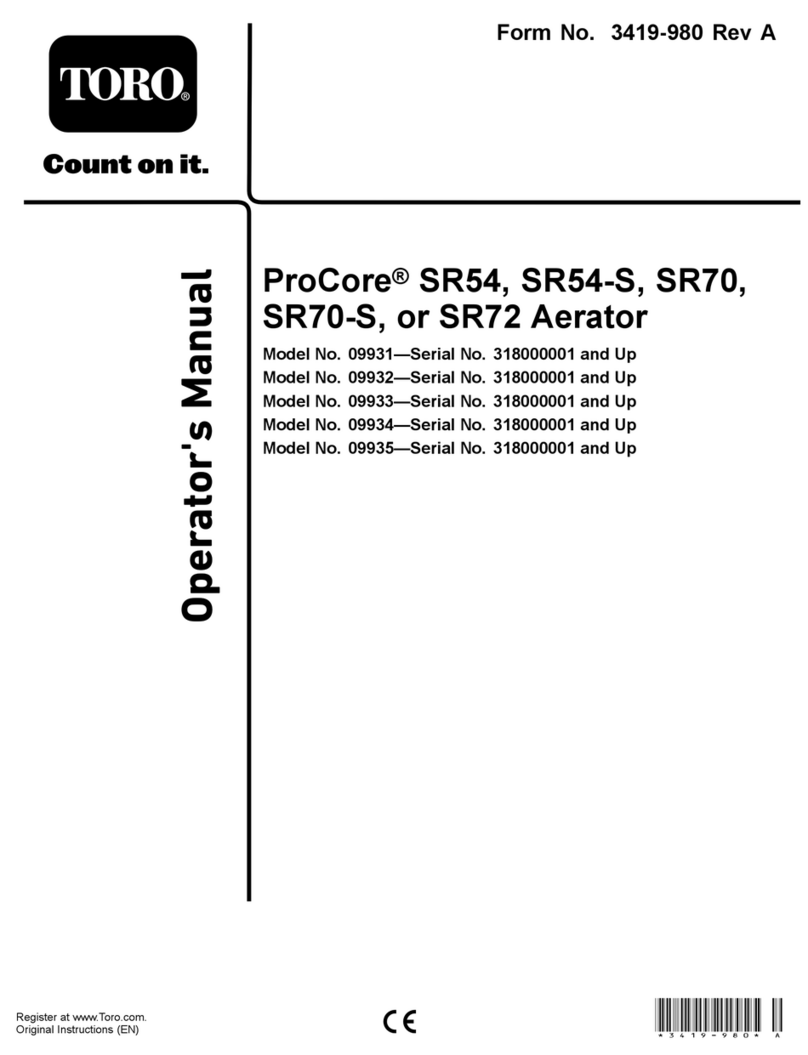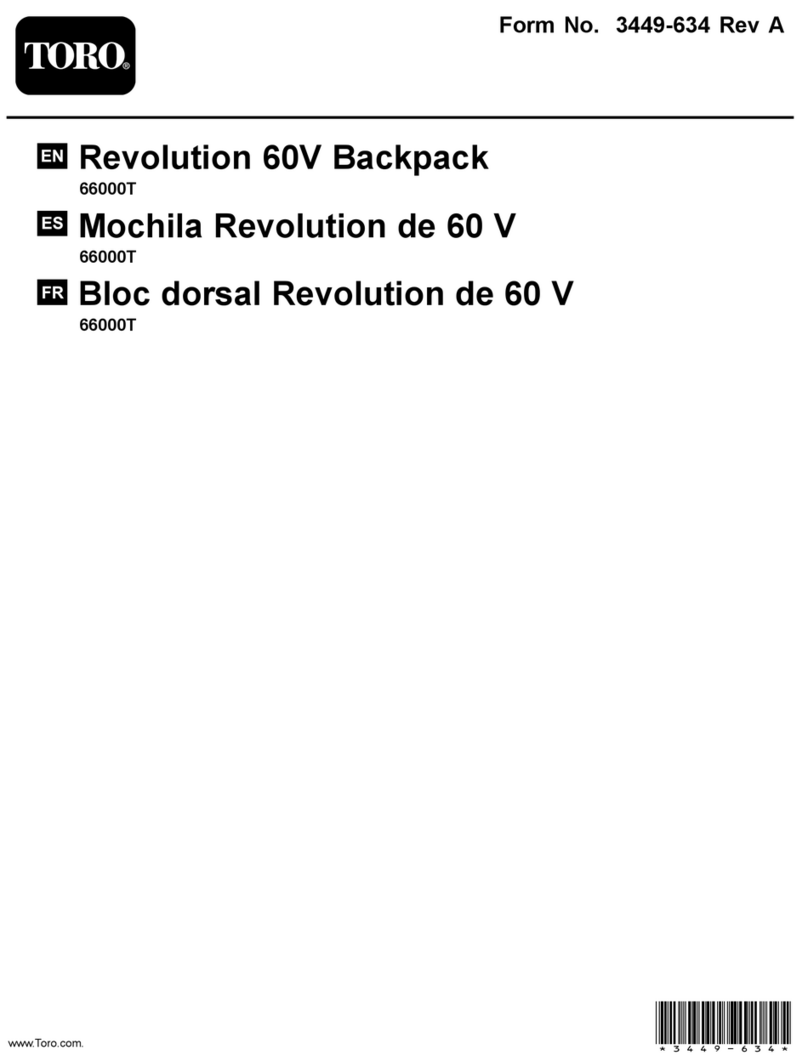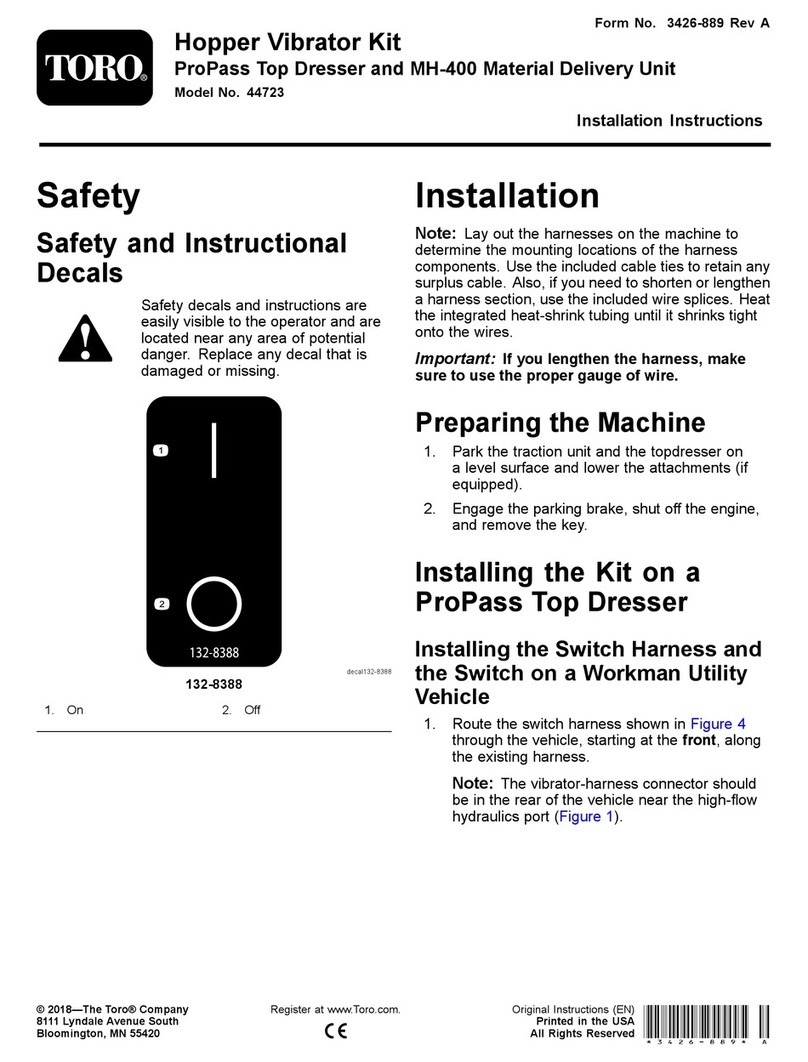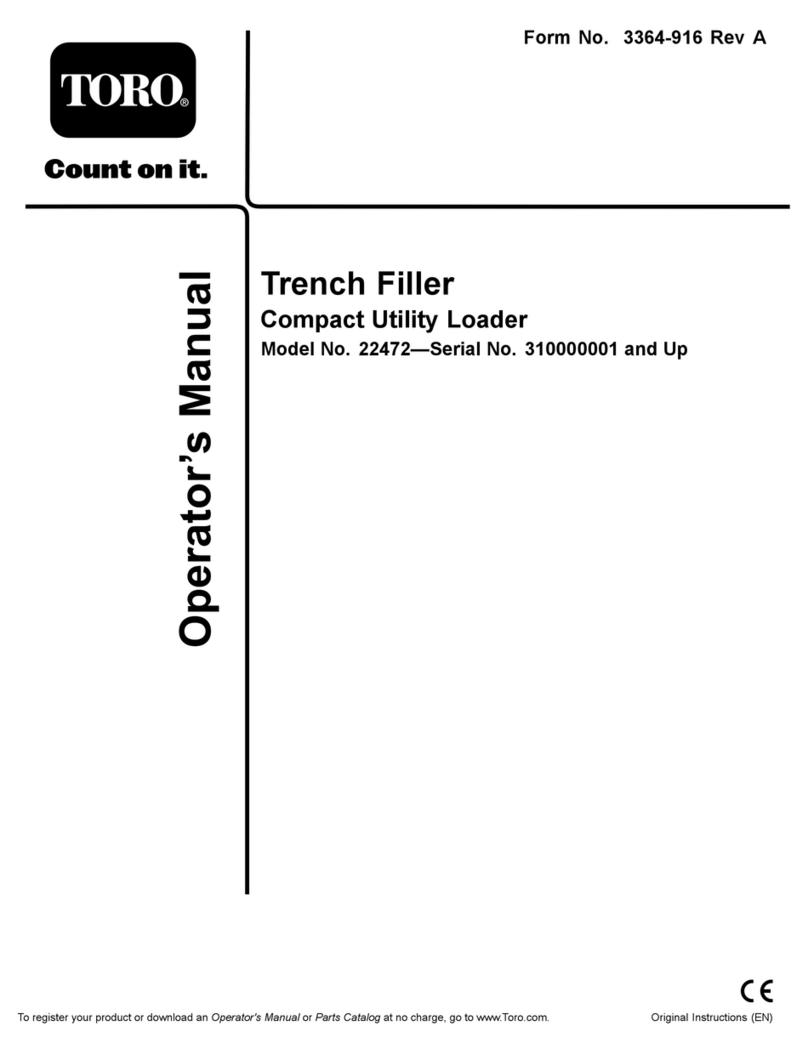
3
Danger
When the snowthrower is in operation, the
impeller and auger can be rotating and cut off or
injure hands and feet.
•Before adjusting, cleaning, repairing and
inspecting the snowthrower, and before
unclogging the discharge chute, stop the engine
and wait for all moving parts to stop. Remove the
key.
•Use a stick, not your hands, to remove an
obstruction from the discharge chute.
•Stay behind the handles and away from the
discharge opening while operating the
snowthrower.
•Keep face, hands, feet, and any other part of
your body or clothing away from concealed,
moving, or rotating parts.
The auger/impeller may pick up and throw stones,
toys, and other foreign objects, causing serious
personal injury to the operator or to bystanders.
•Keep the area to be cleared free of all objects
that could be picked up and thrown by the
auger/impeller.
•Keep all children and pets away from area of
operation.
Warning
General Snowthrower Safety
The following instructions have been adapted from the
ANSI/OPEI and ISO standards.
Preparation
•Thoroughly inspect the area where the equipment is to
be used and remove all doormats, sleds, boards, wires,
and other foreign objects.
•Do not operate the equipment without wearing adequate
winter outer garments. Wear footwear that will improve
footing on slippery surfaces.
•Adjust the auger housing height to clear gravel or
crushed rock surface.
•Never attempt to make any adjustments while the
engine is running, except when specifically
recommended by Toro.
•Let engine and machine adjust to outdoor temperatures
before starting to clear snow.
•The operation of any powered machine can result in
foreign objects being thrown into the eyes. Always wear
safety glasses or eye shields during operation or while
performing an adjustment or repair.
Operation
•Do not put hands or feet near or under rotating parts.
Keep clear of the discharge opening at all times.
•Exercise extreme caution when operating on or crossing
gravel drives, walks, or roads. Stay alert for hidden
hazards or traffic. Do not carry passengers.
•After striking a foreign object, stop the engine, remove
the wire(s) from the spark plug(s), thoroughly inspect
the snowthrower for any damage, and repair the damage
before restarting and operating the snowthrower.
•If the unit should start to vibrate abnormally, stop the
engine and check immediately for the cause. Vibration
is generally a warning of trouble.
•Stop the engine whenever you leave the operating
position, before unclogging the auger/impeller housing
or discharge chute, and when making any repairs,
adjustments, or inspections.
•When cleaning, repairing, or inspecting, make certain
the auger/impeller and all moving parts have stopped.
Disconnect the spark plug wire(s) and keep the wire
away from the plug to prevent someone from
accidentally starting the engine.
•Do not clear snow across the face of slopes. Exercise
extreme caution when changing direction on slopes. Do
not attempt to clear steep slopes.
•Never operate the snowthrower without proper guards,
plates, or other safety protective devices in place.
•Never operate the snow thrower near glass enclosures,
automobiles, window wells, drop-offs, and the like
without proper adjustment of the snow discharge angle.
Keep children and pets away.
•Do not overload the machine capacity by attempting to
clear snow at too fast a rate.
•Never operate the machine at high transport speeds on
slippery surfaces. Look behind and use care when
moving in reverse.
•Never direct discharge at bystanders or allow anyone in
front of the unit.
•Disengage power to the auger/impeller when the
snowthrower is transported or not in use.
